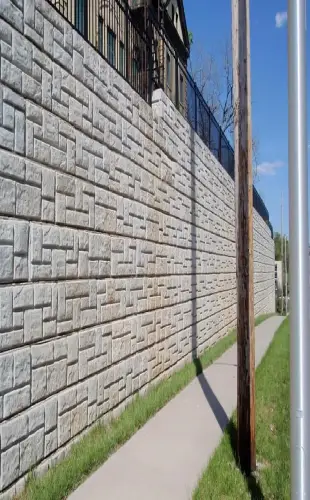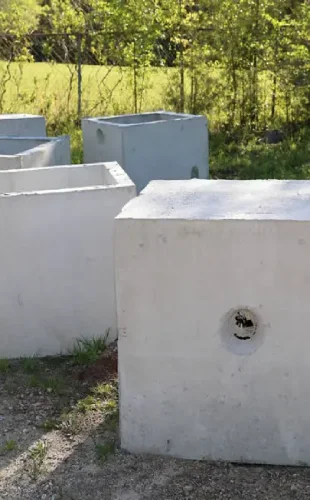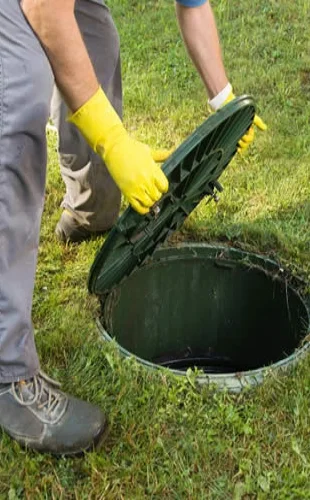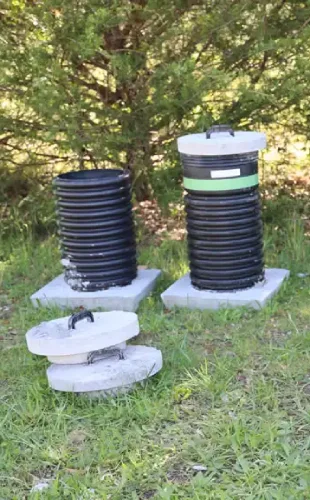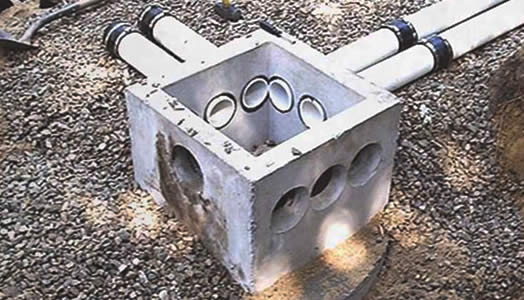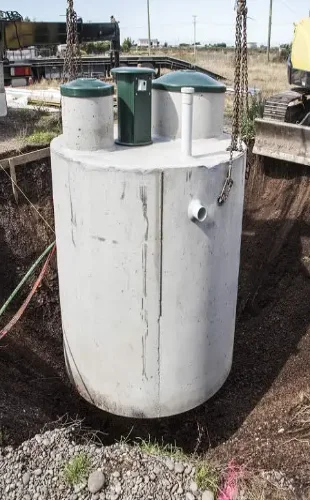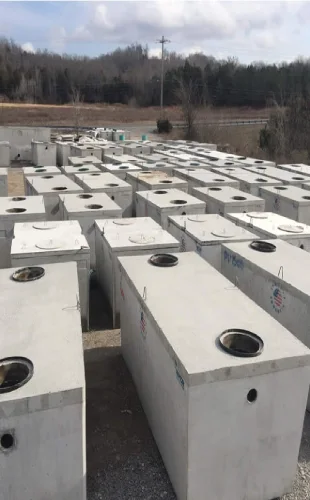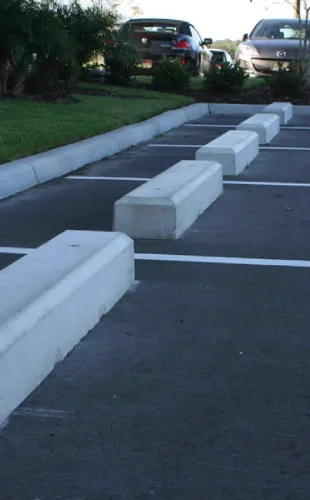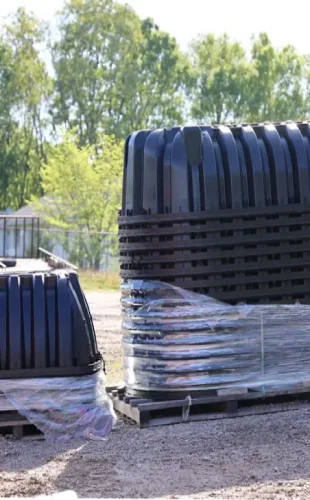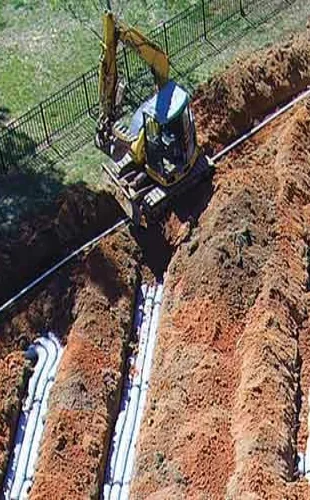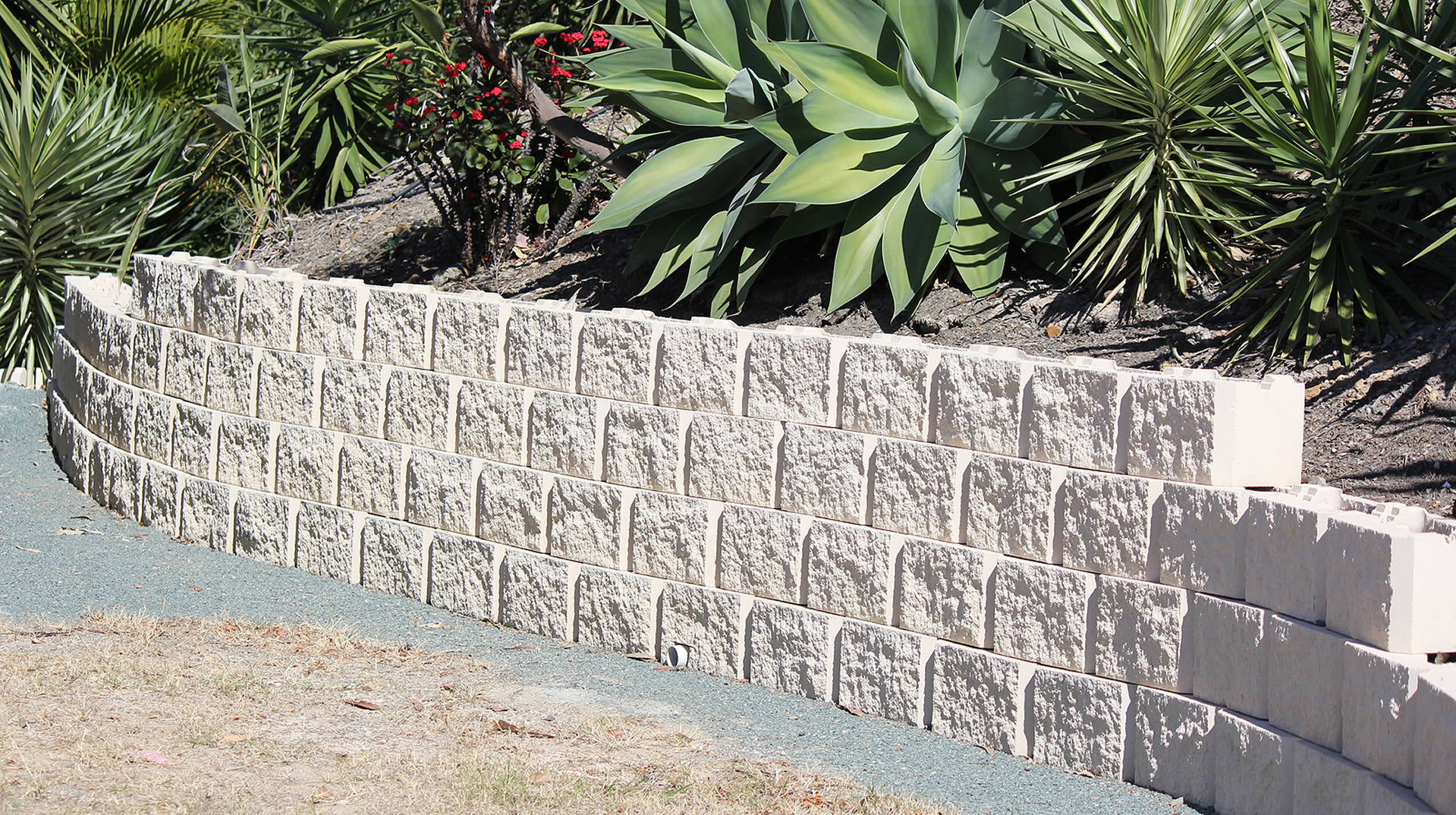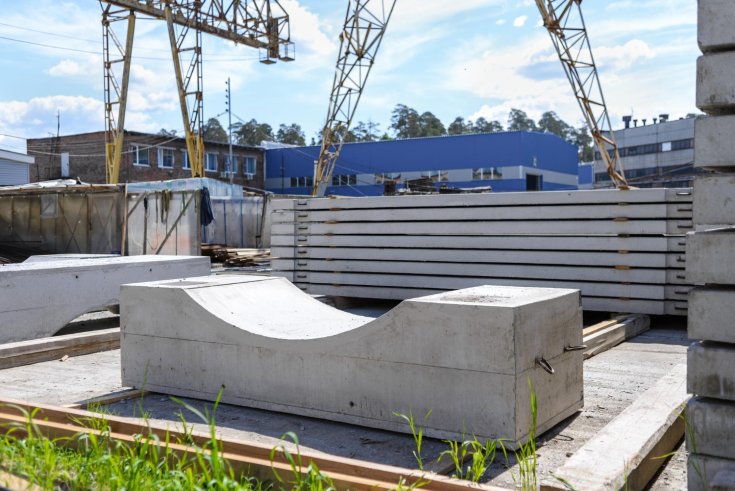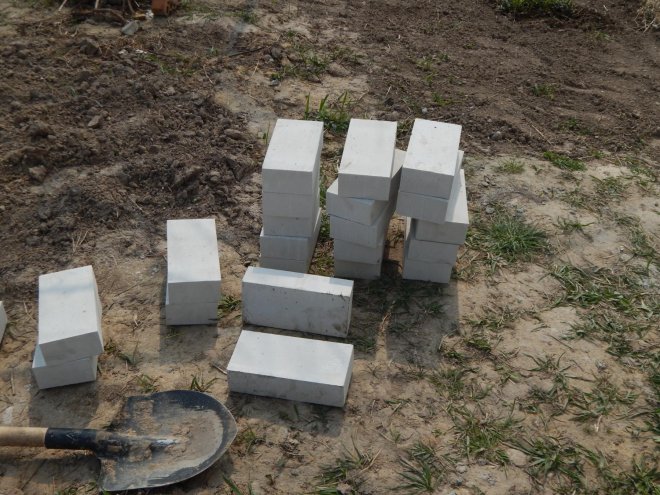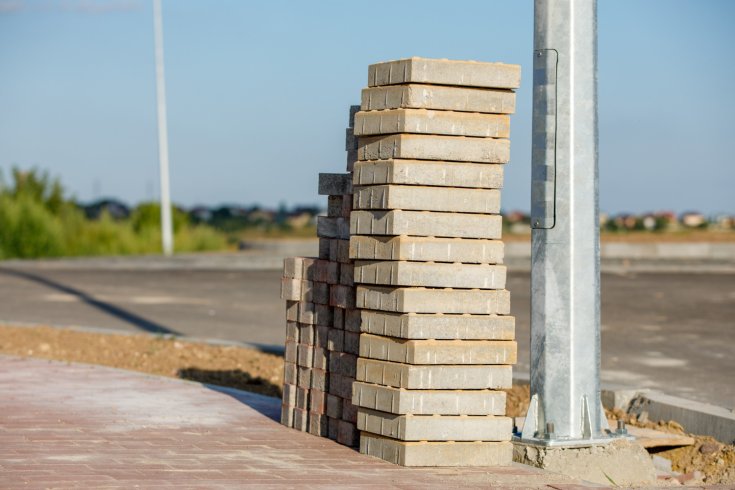Garrett Precast is a premier precast company that manufactures and supplies high-quality retaining walls in Anderson, SC. In this blog post, we’ll share tips on how to care for retaining walls and extend their lifespan. If you already have a retaining wall on your property or are looking to install one in the near future, this article is for you.
Start with Proper Construction
The longevity of a retaining wall begins with proper design and construction. A well-built retaining wall should include proper drainage systems, strong materials, and a solid foundation. Poor construction leads to bulging, cracking, or even collapse. If you’re installing a new wall, be sure to hire professionals or follow engineering guidelines suited to the size and function of the wall. In addition, it’s important to source retaining walls from a trusted precast company.
Ensure Proper Drainage
Water is one of the biggest threats to the integrity of a retaining wall. Without adequate drainage, water can build up behind the wall and exert pressure, which may lead to cracks, bowing, or structural failure. Make sure your wall has weep holes or drainage pipes to release built-up water. Regularly check that these drainage features are not blocked by debris, soil, or plant roots.
Inspect for Cracks and Movement
Retaining walls should be inspected at least once or twice a year, especially after heavy rains or during seasonal changes. Look for signs of cracking, leaning, or settling. Small cracks can often be repaired with sealant or mortar, but larger structural issues may require professional evaluation. Catching and fixing problems early can prevent them from becoming costly repairs later on. You should never ignore signs of structural issues, as they can worsen and cost you much more money down the road.
Manage Vegetation Carefully
While greenery can add beauty to a retaining wall, be cautious about what and where you plant. Invasive roots from shrubs or trees can push against the wall and compromise its structure over time. Stick to low-maintenance ground covers or shallow-rooted plants, and keep vegetation trimmed back to reduce the risk of damage or blockage to drainage systems.
Clean the Wall Annually
Dirt, algae, and moss can build up on retaining walls, particularly those made of stone or concrete. Not only do these elements affect the wall’s appearance, but they can also retain moisture and contribute to deterioration. Use a mild pressure wash or a stiff brush and water to clean the surface each year. Avoid harsh chemicals that might harm nearby landscaping.
Watch for Pest Damage
Burrowing animals like moles or insects such as termites can cause damage to the structural components. If you notice holes, unusual movement, or material erosion, investigate for pests and take appropriate action to prevent further issues. You may be able to get rid of pests yourself, but if you need help, consult with a pest control company.
Trust Garrett Precast for Reliable Precast Concrete Solutions
Get in touch with Garrett Precast for high-quality concrete precast products, including retaining walls, seawalls, lift stations, concrete parking stops, distribution boxes, and many more. Our products are manufactured to meet the highest standards of quality and performance. Moreover, we continuously innovate to ensure we stay ahead of the curve. Contact us today to learn more about our services and request a quote for our concrete precast products.
